What is the function of confectionery that works in the 21st century?
Morinaga Confectionery's flagship product "Hi-CROWN" pursued a deliberately "unbusinesslike approach" for its 50th anniversary project communication design.
What kind of thinking and methods gave birth to this?
Interview, Editing, and Composition: Aki Kanahara, Dentsu Inc. Event & Space Design Bureau

The "New Con" created by Kuranari is an anti-business-like, flat organization
Kanemaru: Hi-CROWN was born from the president's vivid impression during his youth, when chocolate was still a children's snack. He was struck by its bold, stylish packaging aimed at adults and its sensational commercial featuring actress Keiko Awaji kissing the product. That memory resurfaced, leading to the decision in late December 2013: "Next year is our 50th anniversary—let's revive it again!"
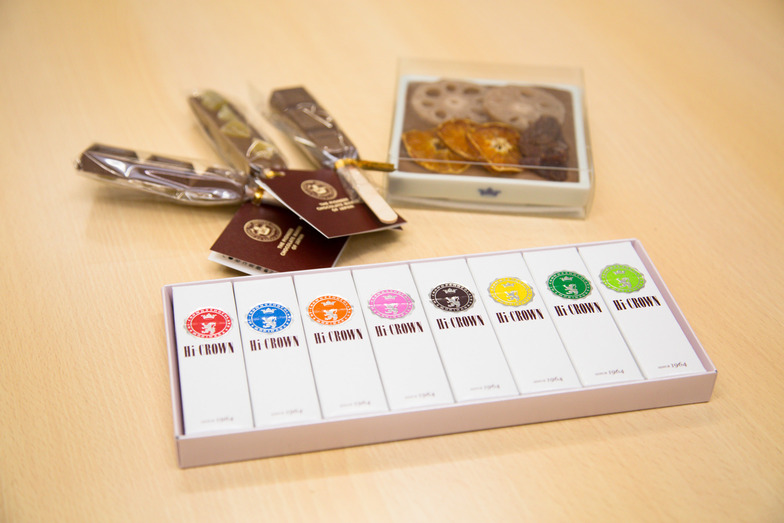
Ozaki: Suddenly at year's end! Really?
Kanemaru: Initially, we gathered a group of volunteers to discuss it, but we couldn't break through on anything outside of product development. We figured we had no choice but to consult Mr. Kurashige. We'd been participating in the "New Con" (New Field Department Collaboration Consortium) he hosts since about the second year.
Ozaki: How many years has "Shin-Con" been running?
Kurashige: About four years now, I think. We were planning to start just before the earthquake, but it happened and we postponed.
I'd always been in a creative new business division at Dentsu Inc.
When it launched, a new business division called the "Business Design Lab" was created. Since many clients also had new business divisions, I'd drop by for tea, asking things like, "What are you trying to do?" or "What challenges are you facing?" Right after I first visited Bandai Namco Games, we immediately decided to form a business partnership.
Ozaki: Huh? Right after visiting and hearing about it?
Kanemaru: Mr. Kurashige is actually a very capable salesperson.
Kurashige: We started with six companies initially. But it was so interesting every time that it felt wasteful to keep it just to myself, so I suggested forming a consortium. We meet once every six months.
Every time, they introduce me to their connections or people they happened to meet, and I always have tea with them.
Over tea, if I think, "Ah, this person is fun to have tea with," I hand them a membership card. Sounds pretentious, I know.
Kanemaru: You interview them (laughs).
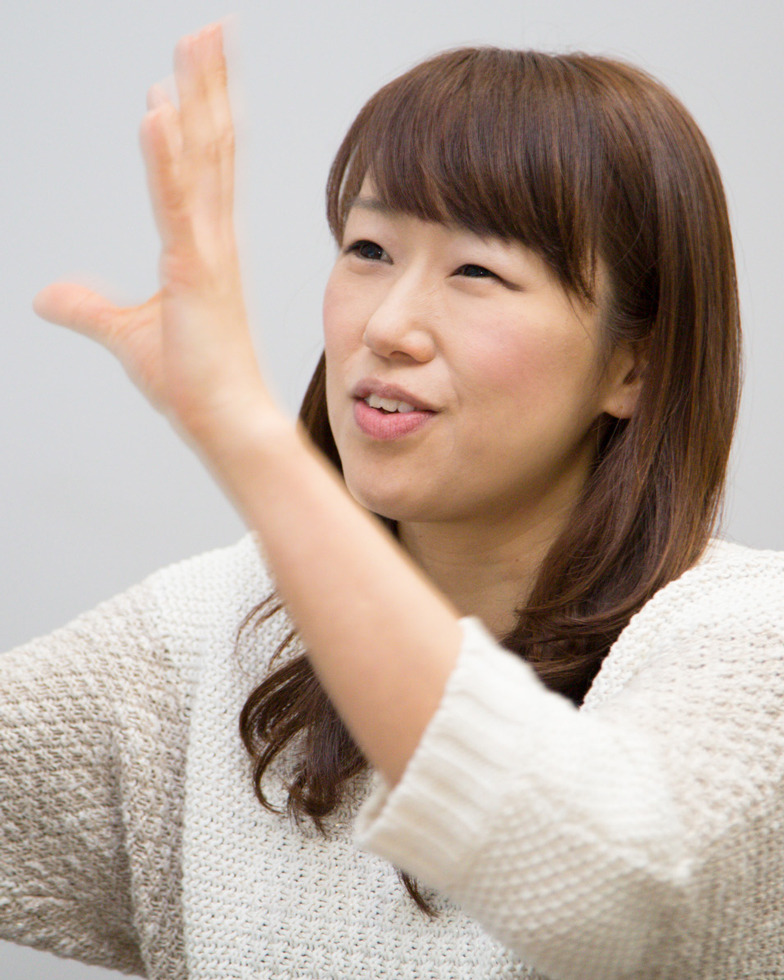
Kurashige: Exactly. My respected senior at Dentsu Inc., Kenji Shiroto, used to say, "The 21st century is the era of open, flat networks." You can't pull off the "New Consortium" unless you're a "flat person."
We say "anti-business-like," but we want an alliance. A flat relationship where we can help each other anytime in a pinch or when opportunity strikes. People ask, "What's the goal?" But there isn't one normally.
The "Kanemaru Typhoon" and Wonderful Companions
Ozaki: Will the consortium make any announcements?
Kurashige: Yes. The sixth one was fun. We rented "HUB Tokyo," built a stage, prepared five colors of yukata like on "Shoten," set out cushions and fans, got a Mac and projector ready, played some jingle music in the background, and said, "Hello. Thank you all for coming today. I'm Kuranari from Dentsu Inc. "By then, everyone was ready to laugh. When we started the announcements, like 'Next is Kanemaru from Morinaga Confectionery,' everyone was already laughing.
TED uses a Western-style direction, which can be tough for Japanese people, right? We do it in a format Japanese people are comfortable with. We call it "fake TED," where TED stands for Talk, Eat, Drink (laughs).
Kanemaru: It creates a really flat atmosphere.
That's why, even for the first JAXA project, the "Weird Free Research Series," volunteers were incredibly proactive. Everyone was passionate and had a childlike spirit, which really fired me up too. JAXA even said, "People are drawn to you because of your human touch, Kurashige."
Kurashige: I'm basically a mascot character.
Ozaki: Which came first, "Weird Free Research" or "Okashination"?
Kurashige: The original idea was all about high-value-added confectionery. New functionalities for sweets that work in 21st-century Japan. Explaining that would take too long, so please check out okashina.jp!
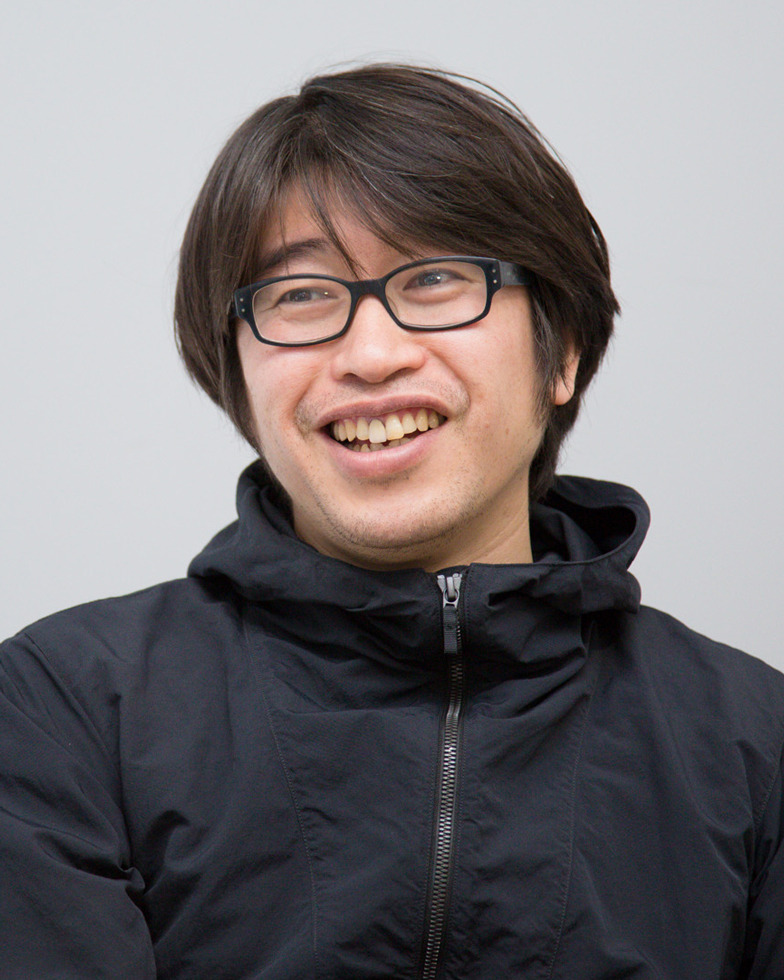
Kanemaru: When I became in charge of a new business venture, I interviewed a friend at another company working on a new project. They told me, "Since it's a corporation, they naturally demand a big picture, so you draw Phase 1, Phase 2, and so on.
But when you actually move forward, things often turn out differently. That's when people usually say, 'This isn't what we planned,' and they quit. But often, if they just tweaked the direction a bit, they could have achieved great success! It's such a waste! New things reveal themselves precisely because you're thinking while you're running."
Actually, our company president shares a similar mindset. He was my boss when I joined the new ventures team and told me, "If you think something's worth pursuing, just climb that mountain first. If the view from the top changes your perspective, it's okay to adjust your strategy." So, I've tried to keep that in mind. It's helped me develop a sense of urgency, delivered results, and been nothing but positive!? Though I imagine it's been quite a hassle for those around me... (laughs).
Kurashige: Back then, it was called the "Kanemaru Typhoon," so it felt like getting swept up in it.
Kanemaru: People tell me that when I eventually start my own company, I should name it "Hectopascal" (laughs).
Ozaki's Discovery (Events & Space Manager)
"Collaborating with designers from different fields is fascinating!"
Ozaki: So, when Mr. Kurashige approached me at the end of September last year, I thought it would be pretty tough financially.
Kanemaru: Right. Fundraising was one thing, but honestly, the concept wasn't solid yet.
Since it was a revival of a brand that was popular in the past, we debated whether to target seniors with nostalgia. But then we worried we wouldn't attract younger customers, which would mean the brand wouldn't have continuity...
But could we really balance appealing to both young people and seniors? That was incredibly difficult. We thought we could create something great, but where would we sell it? That's where we really struggled.
We're good at product development, right? But then, who do we target with it? What do we communicate? Where do we communicate it? How do we communicate it? We were lost, unsure which target group to focus on primarily.
It felt like we were lost in a forest... a path we didn't know. Furthermore, opening stores or pop-ups depends on the other party. Amidst all that, we suddenly had a pop-up confirmed, or learned about restrictions at a location, and we made all sorts of requests at an unbelievable speed. Even then, they absolutely met the deadline and delivered an output that was absolutely satisfying.
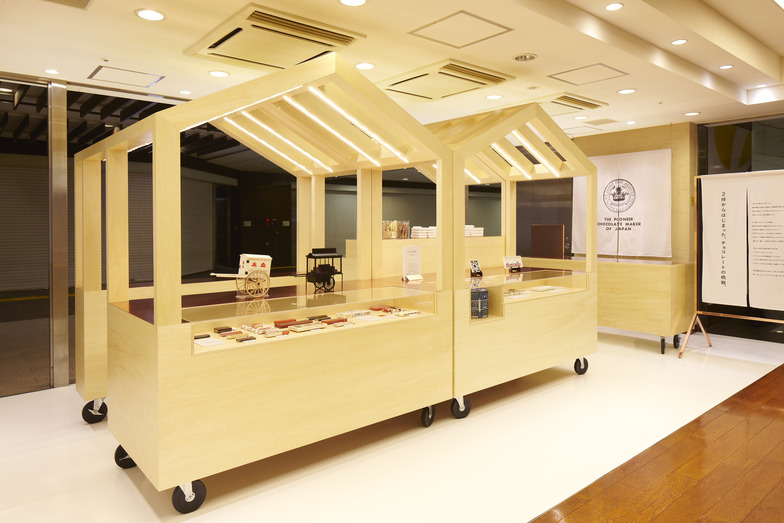
Ozaki: From our perspective, there's no better project than this. It started from a truly flat relationship. Usually, we handle everything, then the client checks it and says, "Fix this part," or "We're running out of time," but with this job, we did everything together with the client.
Kanemaru: That's right. My current department head also values the site immensely. Even as a department head, he was wiping the floors at the store.
Kurashige: And we fold boxes and stuff.
Kanemaru: Folded, folded. Sales exceeded expectations, and we ran out of product packaging. From day one, everyone was folding boxes in the back warehouse. We even had Kurashige-san, who attended the opening, help fold... Sorry for dragging you in. But it was precisely because of that kind of relationship that we could have truly good discussions, which led to creating something great.
Kurashige: The key point is, when it comes to projects for various companies in Japan, or for the government or local authorities, they often start with the details, right? With the concrete elements. Should you start big-vision driven, concept driven, or is it better to start with the concrete elements?
But I believe both approaches are valid. If you keep the conversation centered around the physical object, you inevitably hit upon something not yet articulated. Then you properly excavate that together, articulate it, and build the project from there. It's difficult, though.
Ozaki: What I felt was absolutely the right decision this time was bringing in the furniture designer. Besides Furuya Moe, the AD from Dentsu Inc., we added Mr. Hiro Komiyama, a product designer, to the team. Designers of this type, whom you don't typically encounter in spatial design work, are generally tricky to work with. But the result was something great. That feeling was, for me, the biggest turning point in terms of outcomes.
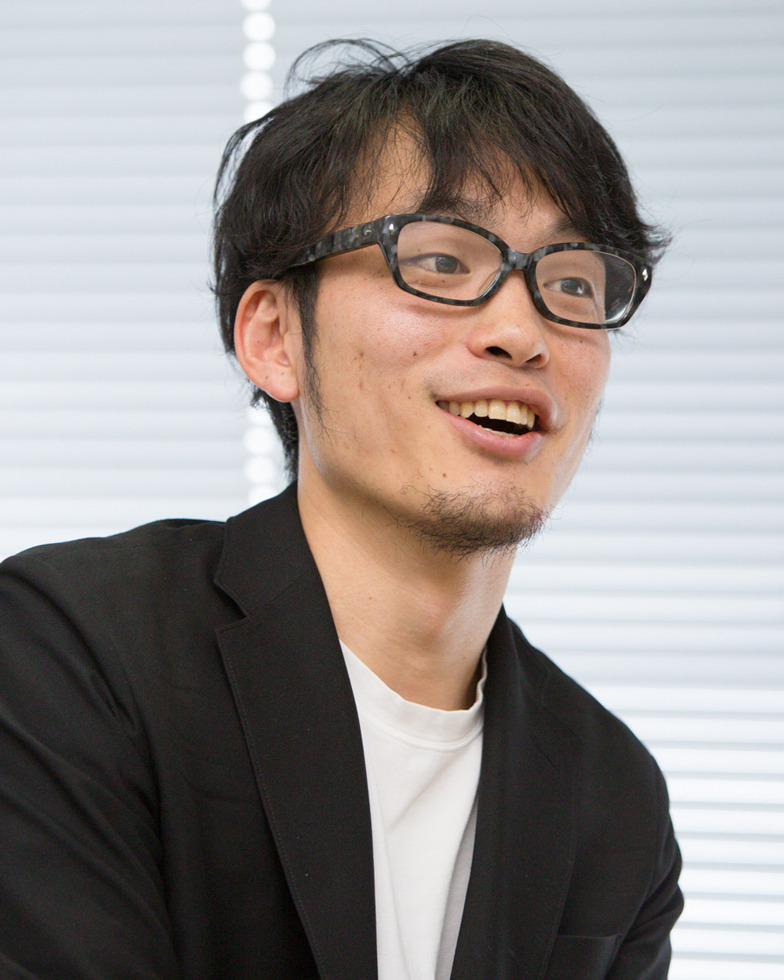
Kurashige: That judgment call was spot on. Since time was tight, Ozaki initially wanted to stick with a construction company he was familiar with, but AD Furuya insisted on working with Komiyama.
I was inclined to go with Ozaki's suggestion due to the time constraints, but Ozaki made the call: "No, we should probably work with Komiyama." That was definitely the turning point that made it work.
Ozaki: We've used that fixture throughout the three Hi-CROWN projects, and I truly believe the fixture itself was the key to this project's success. It was a great learning experience.
<End>
Was this article helpful?